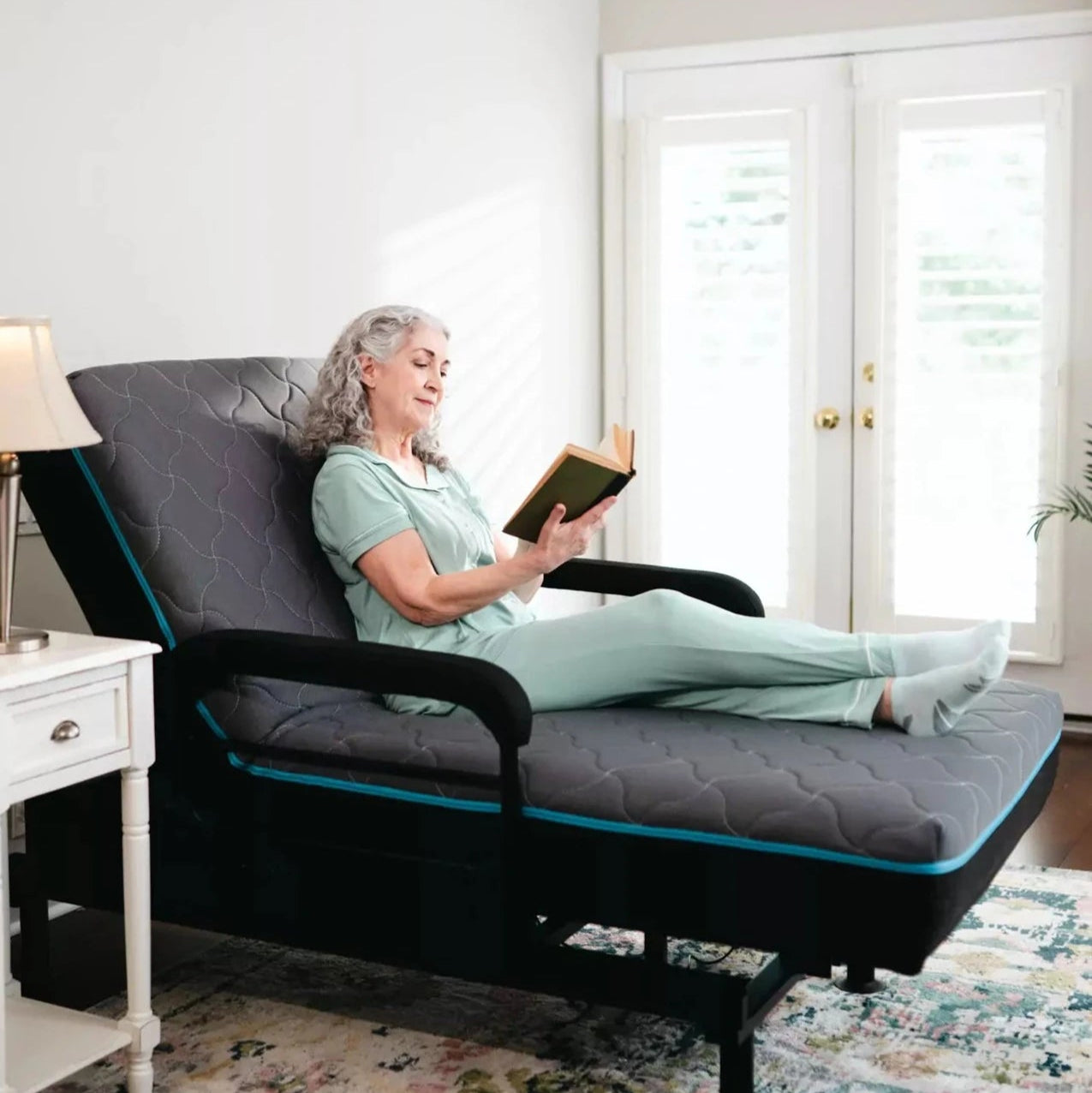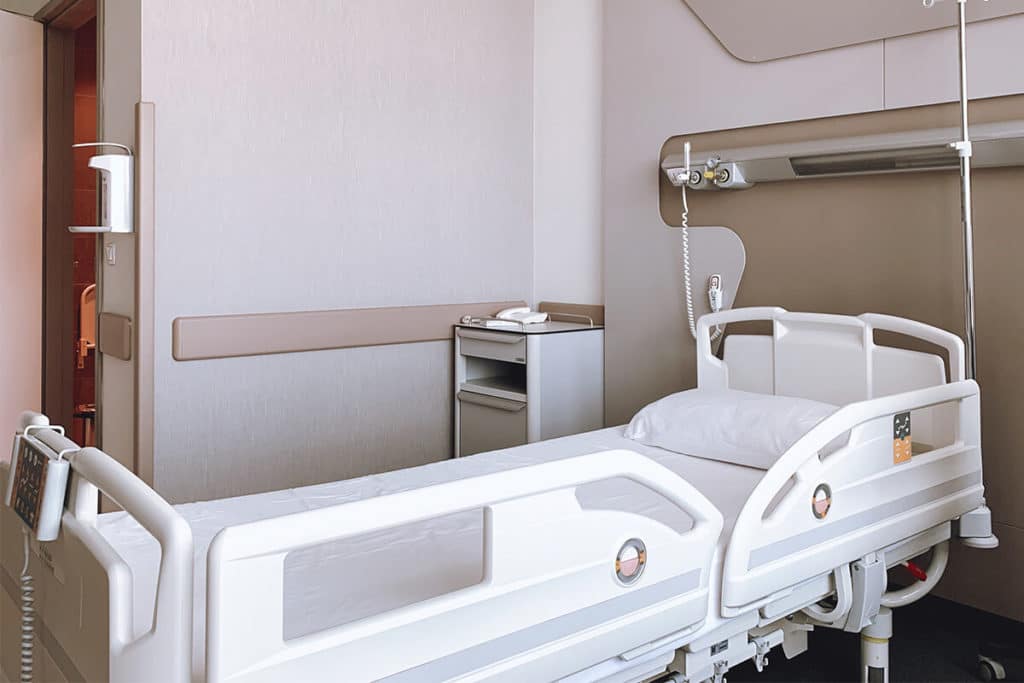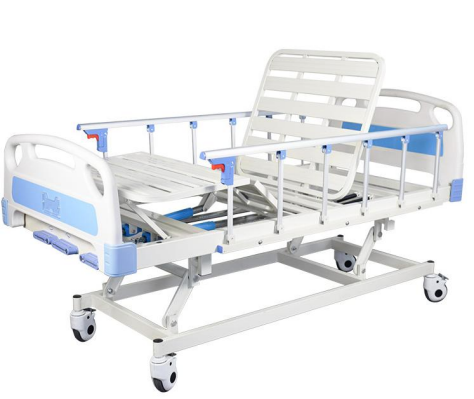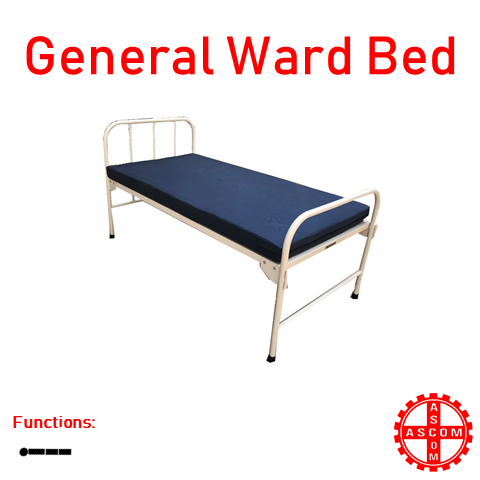Hospital Beds For Home Use - An Overview
Hospital Beds For Home Use - An Overview
Blog Article
Our Hospital Beds For Home Use Statements
Table of ContentsThe Main Principles Of Hospital Beds For Home Use Top Guidelines Of Hospital Beds For Home UseAn Unbiased View of Hospital Beds For Home UseGet This Report on Hospital Beds For Home UseIndicators on Hospital Beds For Home Use You Need To KnowGetting My Hospital Beds For Home Use To WorkThe Only Guide to Hospital Beds For Home Use
There are three major kinds of medical facility beds: guidebook, semi-electric, and fully-electric. More types of clinical beds exist and they are noted below. These beds utilize hand cranks to readjust the bed's height and increase and decrease the head and the foot. Hand cranks are usually discovered at the foot of the bed and require an individual that is literally capable of operating.
Semi-electric beds have an electrical motor to raise and reduce the head and foot sections of the bed (hospital beds for home use). Full-electric beds have an electrical motor that can raise the head and foot sections of the bed as well as the entire elevation and positioning of the bed.
The Only Guide for Hospital Beds For Home Use
There are a number of types of medical facility beds, each created to satisfy certain client needs. Right here are some usual kinds: This is the most common type of healthcare facility bed, created for general medical usage.
Reduced to the ground than a standard bed. This kind of bed is designed for larger individuals, with a larger structure and greater weight capacity than a conventional bed.
This kind of bed is created for critically ill people who require open surveillance and specialized medical equipment such as ventilators and infusion pumps. This type of bed is created for use during labor and distribution, with flexible positions and attributes to support the mom and infant throughout the birth procedure.
The 8-Minute Rule for Hospital Beds For Home Use
Multiple function and the accessories perform increasing traction to different components of the vertebra and the extremities without relocating the body. These are simply a couple of instances of the sorts of medical facility beds available. The specific sort of bed used will certainly rely on the patient's condition, clinical requirements, and other variables.
Right here is the thing you need to understand. A one-function hospital bed is a clinical bed that enables a person to move just the head or foot area up or down. A 2 function medical facility bed commonly refers to a type of medical bed that has 2 flexible features to aid patients in hospitals or care centers.

Not known Incorrect Statements About Hospital Beds For Home Use
A 7-function ICU bed is a kind of medical bed that supplies several flexible features to sustain seriously ill people in an intensive care device (ICU) (hospital beds for home use). The seven features usually include: Backrest adjustment: The back-rest can be adjusted to numerous angles to aid the individual stay up or rest comfortably
Elevation modification: The bed can be increased or reduced to make it less complicated for patients to get in and out of bed, and for caregivers to give treatment. Trendelenburg setting: The whole bed can be slanted to promote blood circulation and circulation in the body. Reverse Trendelenburg position: The bed can also be slanted in the contrary direction to promote blood flow and flow in the upper body.
While even more affordable than electrical designs, these beds call for exertion for modifications. The main advantages of manual beds are their affordability and reliability, as they do not count on power. However, the need for manual effort can be a see page restriction in scenarios where quick modifications are needed or where caretakers deal with physical obstacles.
The Best Strategy To Use For Hospital Beds For Home Use
Semi-electric healthcare facility beds provide a balance of handbook and electrical controls. These beds provide an excellent middle ground between handbook and totally electric choices, offering convenience of usage without the complete expense of electrical versions.
Semi-electric beds are appropriate for individuals that need modest adjustments to the head and foot areas however can take care of without frequent height adjustments. This makes them a cost-efficient option for those seeking comfort and ease without the requirement for constant repositioning. Completely electrical health center beds include electrical controls for seamless changes to the elevation, head, and foot areas.
Specialized medical facility beds, such as ICU beds, long-term treatment beds, and bariatric beds, are carefully made to attend to certain clinical needs. These beds provide tailored look after varied client teams, boosting both end results and convenience. In the complying with sections, we will explore the main types Bonuses of specialized healthcare facility beds, describing their specific benefits and applications.
With years of experience in manufacturing electric linear actuators - hospital beds for home use and close collaboration with the healthcare industry, TiMOTION is well-positioned to offer dependable health care remedies. Our up and down incorporated company manages every step of the production procedure, from design to actuator setting up, ensuring we deliver phenomenal worth and personalized solutions customized to your particular demands
The Only Guide for Hospital Beds For Home Use

To get more information about integrating these technologies into your products, contact us today. Further reading:.
Information is sourced from the Medicare Expense Report. Accessed January 2025. Short-term acute care hospitals have the highest possible ordinary number of beds at 187. They are one of the most typical sort of health center in the U.S. and comprise even more than 50% of united state medical facilities. Children's hospitals have 178 beds typically and VA healthcare facilities typical 175 beds.

Some Known Incorrect Statements About Hospital Beds For Home Use
A medical facility bed is a bed developed especially for clinical functions. It is not only a location for patients to relax, however additionally a system for clinical operations. Unlike ordinary home beds, medical facility beds generally have flexible attributes, which can facilitate medical staff to make numerous modifications according to the needs of patients, such as altering the elevation, inclination, and support angle of the back and legs of the bed.
Report this page